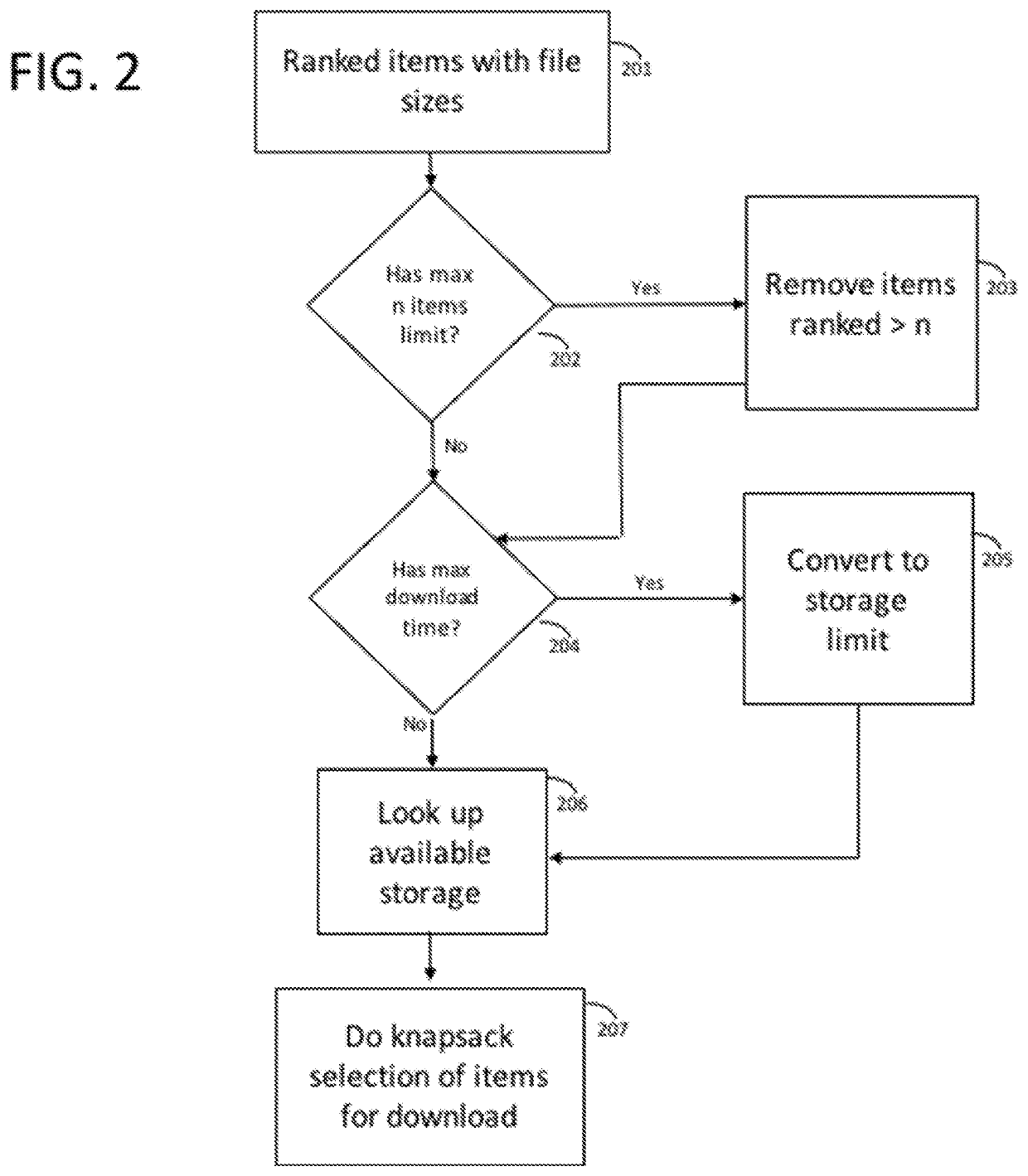Dynamic resource allocation of multimedia content based on usage patterns
a multimedia content and resource allocation technology, applied in the field of multimedia stream processing, can solve the problems of high bandwidth needed during the transfer phase, increase the required resources, and high video quality, and achieve the effects of high quality versions, reduced resource consumption, and reduced resource consumption
- Summary
- Abstract
- Description
- Claims
- Application Information
AI Technical Summary
Benefits of technology
Problems solved by technology
Method used
Image
Examples
Embodiment Construction
[0060]FIG. 1 illustrates in schematic form the manner in which information is processed in an example in accordance with the invention. As will be described in more detail below, some of the structures and functions illustrated in FIG. 1 represent optional functionality that need not be present in all implementations of the invention.
[0061]A multimedia asset is provided by a content source denoted by reference numeral 101 in its original “master” format. Each provided multimedia asset is provided to a content compressor denoted by reference numeral 102 for processing.
[0062]This content compressor generates multiple versions of each multimedia asset, by varying the target resolution and compression levels in accordance to the target client devices that the multimedia asset is intended to be delivered to. For example, if the target devices are televisions, then the set of resolution can be from 480p up to 4096p, and the compression levels can be specified by the bit rates, such as fro...
PUM
 Login to View More
Login to View More Abstract
Description
Claims
Application Information
 Login to View More
Login to View More - R&D
- Intellectual Property
- Life Sciences
- Materials
- Tech Scout
- Unparalleled Data Quality
- Higher Quality Content
- 60% Fewer Hallucinations
Browse by: Latest US Patents, China's latest patents, Technical Efficacy Thesaurus, Application Domain, Technology Topic, Popular Technical Reports.
© 2025 PatSnap. All rights reserved.Legal|Privacy policy|Modern Slavery Act Transparency Statement|Sitemap|About US| Contact US: help@patsnap.com



